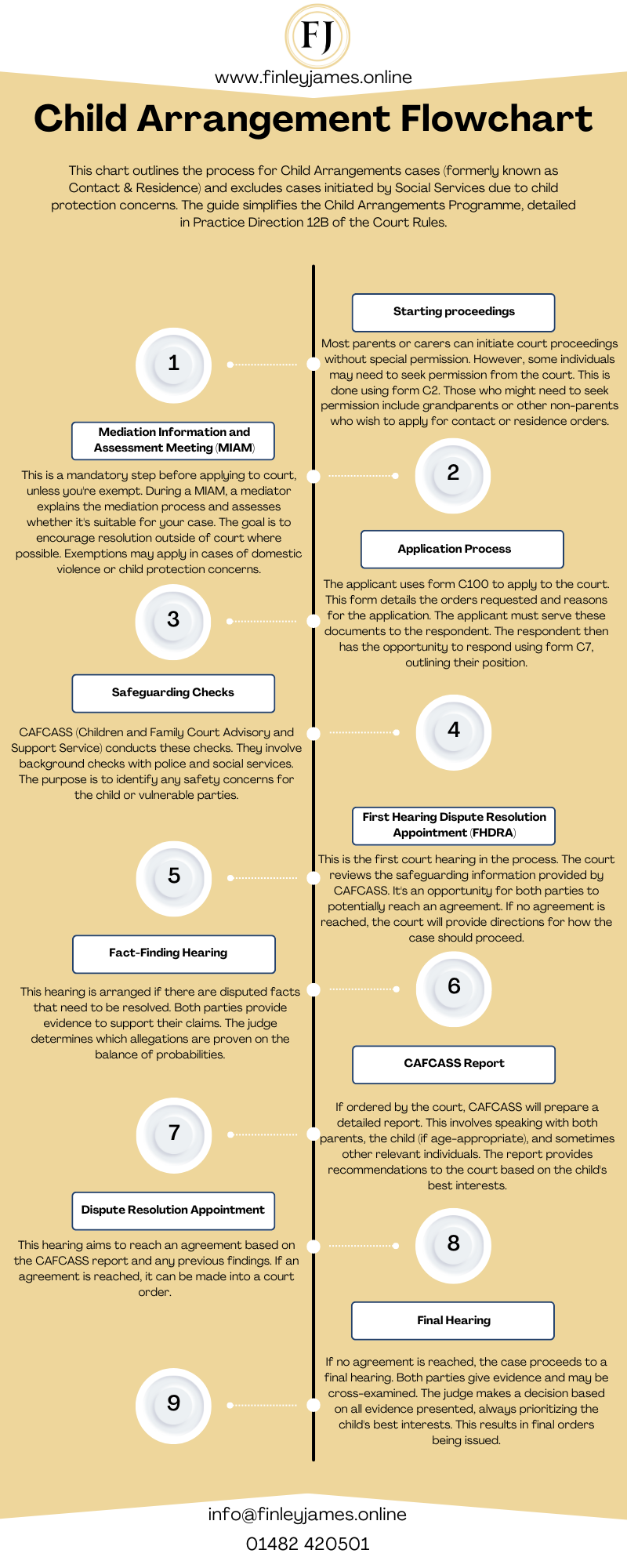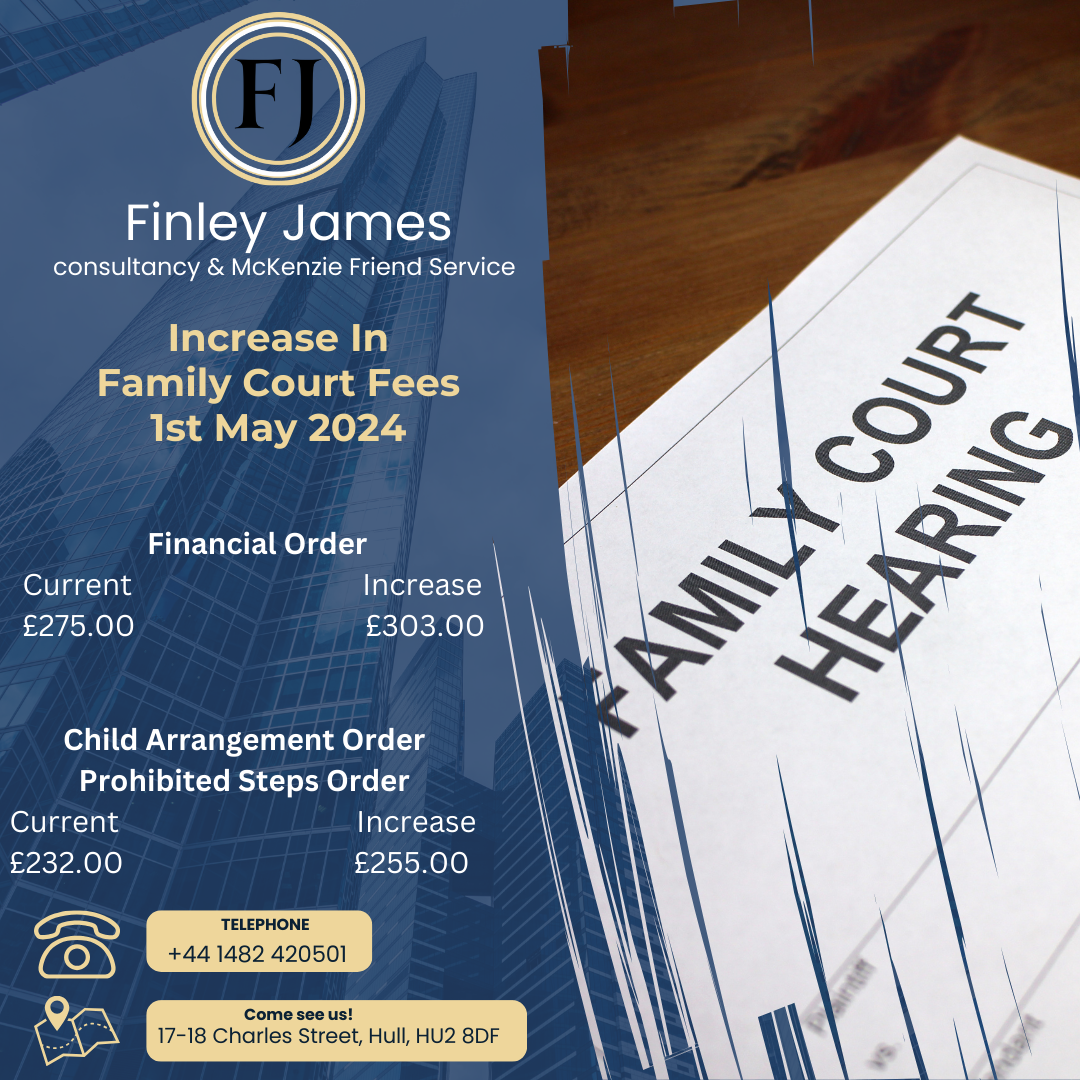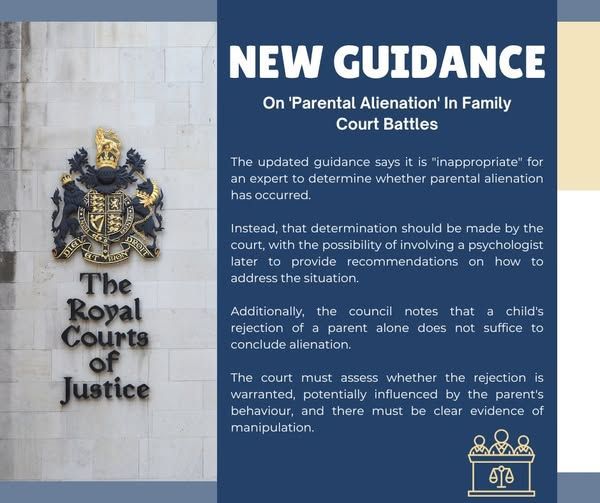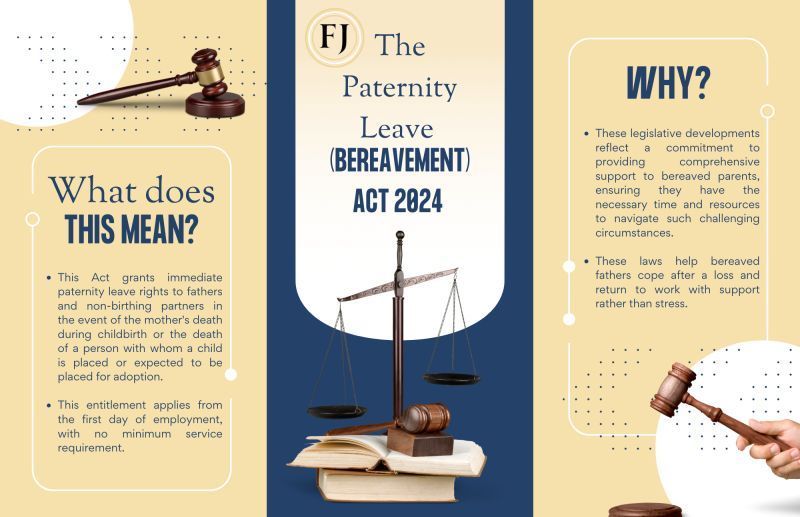Navigating Child Arrangements: A Simplified Guide
Navigating Child Arrangements: A Simplified Guide
When it comes to child arrangements, understanding the process can feel daunting. Whether you're a parent, guardian, or relative, knowing the steps involved can bring some clarity and peace of mind. Here’s a simplified guide to help you navigate the different stages of a Child Arrangement case.
1. Initial Considerations
Before diving into legal proceedings, it's essential to consider whether court action is necessary. Often, mediation can be a valuable first step. This is where an impartial mediator helps both parties reach an agreement without going to court.
2. Making an Application
If mediation isn't successful or appropriate, the next step is to make an application to the court. This involves completing specific forms and paying a fee. Once submitted, the court will review your application.
3. First Hearing Dispute Resolution Appointment (FHDRA)
The first court hearing is called the First Hearing Dispute Resolution Appointment (FHDRA). Both parties will attend this session, during which the court will try to help them reach an agreement. If an agreement is not reached, the court will give directions for the next steps.
4. Safeguarding Checks
Prior to the FHDRA, the court will ask Cafcass (Children and Family Court Advisory and Support Service) to conduct safeguarding checks. These checks assess any potential risks to the child and ensure their safety throughout the process.
5. Further Hearings
If necessary, further hearings will be scheduled. These hearings will address specific issues and work towards a final resolution. Each hearing gives both parties an opportunity to present their case and for the court to gather more information.
6. Final Hearing
If an agreement still hasn't been reached, a final hearing will be arranged. During this hearing, both parties will present their arguments, and the court will make a final decision based on the child's best interests.
7. Court Order
Once the court has made a decision, a court order will be issued. This order outlines the arrangements for the child, including who they will live with and how much time they will spend with each parent or guardian.
Conclusion
Navigating the child arrangements process can be challenging, but understanding each stage can help ease the journey. Remember, the primary goal is to ensure the best possible outcome for the child involved. If you need further guidance, don't hesitate to reach out to a legal professional.
For more information or assistance, contact us at:
Email:
info@finleyjames.online
Phone: 01482 420501
Stay informed and take each step with confidence.
Feel free to reach out if you have any questions or need further assistance!



















